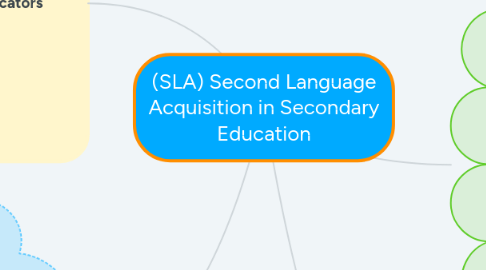
1. Psycholinguists
1.1. Connectionist Model
1.1.1. Input provides the examples learners need to create connections between certain rules leading to a more consistent performance
1.1.2. Seidenberg, M. S. (2007). Connectionist models of reading. In M. G. Gaskell (Ed.), The Oxford handbook of psycholinguistics (pp. 235 250). New York, NY: Oxford University Press.
1.2. Unified Model
1.2.1. As increase L2 exposure to the target language results in increased understanding of the meaning of sentences in the target language.
1.2.2. MacWhinney, B. (2005). A unified model of language acquisition. In J. F. Kroll & A. M. B. De Groot (Eds.), Handbook of bilingualism: Psycholinguistic approaches (pp. 49-67). New York, NY: Oxford University Press.
2. Foreign Language Educators
2.1. Input-Interaction-Out-Put (IIO) Model
2.1.1. L2 learners then try out their understanding of the rules through speech or writing - output
2.1.2. Alcon, E. (1998). Input and input processing in second language acquisition. International Review of Applied Linguistics in Language Teaching , 36, 343-362
2.2. Socioeducational Model
2.2.1. L2 learners' psychological adaptability to another cultural and linguistic community
2.2.2. Masgoret, A. M., & Gardner, R. C. (2003). Attitude, motivation and second language learning: A meta-analysis of studies conducted by Gardner and associates. Language Learning, 53, 123-163. doi: 10.1 1 1 1/1467-99
3. Social Cultural Researchers
3.1. Vygotsky's Developmental Theory
3.1.1. All human cognitive processes come from social interaction and problem solving or communication.
3.1.2. iVygotsky, L. S. (1978). Mind in society: The development of higher psychological processes. Cambridge, MA: Harvard University Press.
3.2. Halliday's Systemic Functional Linguistics
3.2.1. People use language to create meanings within their social and cultural context.
3.2.2. Eggins, S. (2004). Introduction to systemic functional linguistics (2nd ed.). New York, NY: Continuum.
